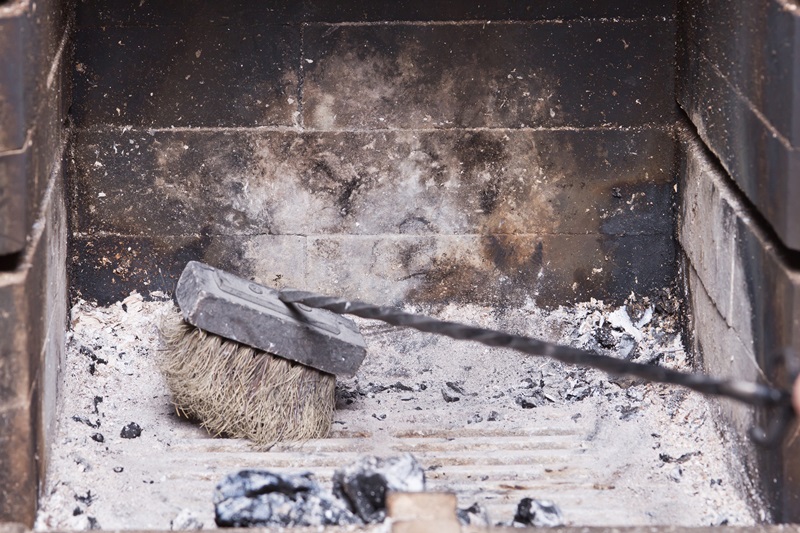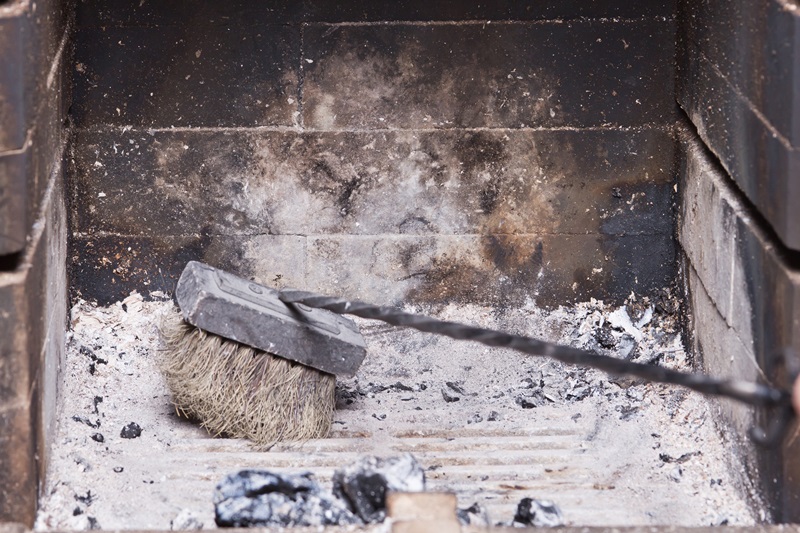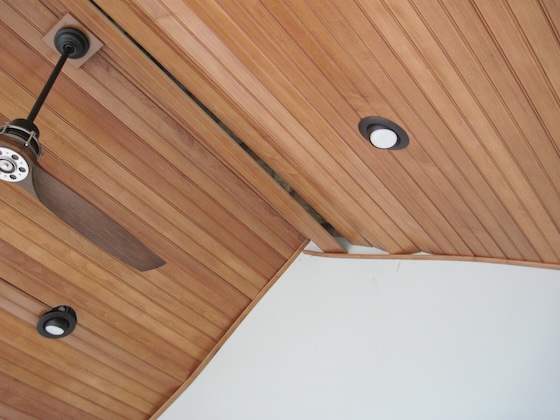
The Importance of Clearing Chimney Build-up
It is crucial to regularly clear chimney build-up in order to maintain a safe and efficient fireplace or heating system. Over time, soot, debris, and creosote can accumulate inside the chimney, obstructing the flow of gases and creating potential hazards. When the chimney is not properly cleaned, these build-ups can lead to chimney fires or carbon monoxide leaks, putting the occupants of a home at risk. Additionally, a blocked chimney can cause smoke to back up into the room, causing discomfort and potentially triggering respiratory issues. Therefore, it is imperative to prioritize the clearing of chimney build-up to ensure the safety and well-being of both the home and its occupants.
Potential Risks of Neglecting Chimney Maintenance
One of the potential risks of neglecting chimney maintenance is the accumulation of creosote. Creosote is a highly flammable substance that builds up inside the chimney as a result of burning wood or other fuels. Over time, if not regularly cleaned, this build-up can become a major fire hazard. The heat from the fire can cause the creosote to ignite, resulting in a chimney fire that can quickly spread to the rest of the house. These fires can cause extensive damage to the structure and put the lives of inhabitants at risk.
Another risk of neglecting chimney maintenance is the possibility of carbon monoxide poisoning. When a chimney is not properly maintained, it can become blocked or obstructed, preventing the proper ventilation of harmful gases. Carbon monoxide, in particular, is a colorless and odorless gas that can be lethal when inhaled in high concentrations. Without regular inspection and cleaning, blockages in the chimney can lead to a buildup of carbon monoxide inside the home, putting occupants at risk of poisoning.

Preventing Chimney Fires through Regular Sweeping
One of the key ways to prevent chimney fires is through regular sweeping. Over time, chimneys can accumulate a build-up of soot, debris, and a substance called creosote. Creosote is a highly flammable byproduct of burning wood in a fireplace, and if left untreated, it can ignite and cause a dangerous chimney fire. Regular sweeping helps to remove this build-up, reducing the risk of a chimney fire occurring. It is recommended to have your chimney swept at least once a year, or more frequently if you use your fireplace frequently or burn a lot of wood. By investing in regular chimney sweeping, you are taking an important step in protecting your home and ensuring the safety of your family.
Regular sweeping not only prevents chimney fires but also enhances the overall performance and efficiency of your fireplace. When a chimney becomes clogged with soot and debris, it restricts the flow of smoke and gases out of your home. This can lead to poor ventilation, causing smoke to back up into your living space. In addition to being a nuisance, this can be detrimental to your health. Regular sweeping ensures that these obstructions are removed, allowing for proper ventilation and preventing harmful smoke from entering your home. By keeping your chimney clean and clear, you can enjoy a safer and more enjoyable fireplace experience.
Understanding the Role of Creosote in Chimney Safety
Creosote is a dark, sticky substance that can accumulate in chimneys over time. It forms when wood or fossil fuels are burned incompletely, and then condenses as it cools on the interior walls of the chimney. This sticky residue is highly flammable and can pose a serious risk to chimney safety if not properly addressed.
The main concern with creosote buildup is the potential for chimney fires. As creosote deposits continue to accumulate, they can ignite easily, causing intense and dangerous flames within the chimney. These fires can rapidly spread to other parts of the home, leading to extensive damage and even endangering the lives of those inside. Understanding the role of creosote in chimney safety is crucial in order to prevent these devastating fires and ensure the overall well-being of your home.
How Chimney Sweeping Enhances Indoor Air Quality
Chimney sweeping plays a crucial role in enhancing indoor air quality. Over time, soot, debris, and other particles can accumulate in the chimney, obstructing the air pathway and causing harmful pollutants to enter the living space. Regular chimney sweeping helps to remove these build-ups, ensuring that the air circulating inside the house remains clean and healthy. The removal of accumulated soot and creosote not only eliminates potential fire hazards but also reduces the risk of respiratory issues that may arise from breathing in contaminated air. By maintaining a clean chimney through regular sweeping, homeowners can create a safer and more comfortable living environment for themselves and their families.
In addition to removing harmful particles, chimney sweeping also prevents the release of potentially toxic gases into the home. When the chimney is not properly maintained, combustion gases such as carbon monoxide can leak back into the house instead of being safely expelled through the chimney. Carbon monoxide is an odorless and colorless gas that can be harmful or even fatal when inhaled in high concentrations. Regular chimney sweeping not only minimizes the risk of these dangerous gases entering the home but also ensures that the chimney functions efficiently, providing proper ventilation for any combustion byproducts. This helps to maintain a healthy and toxin-free indoor atmosphere, contributing to the overall well-being of occupants.
Why Regular Chimney Sweeping is Vital for Home Safety was first seen on https://chimneysweeplosangeles.net/





More Stories
The Role of Chimney Inspections in Homebuying
The Rise of Bed Bugs: Why Are They Making a Comeback?
Chimney Masonry Repair 101: Restoring Beauty and Functionality